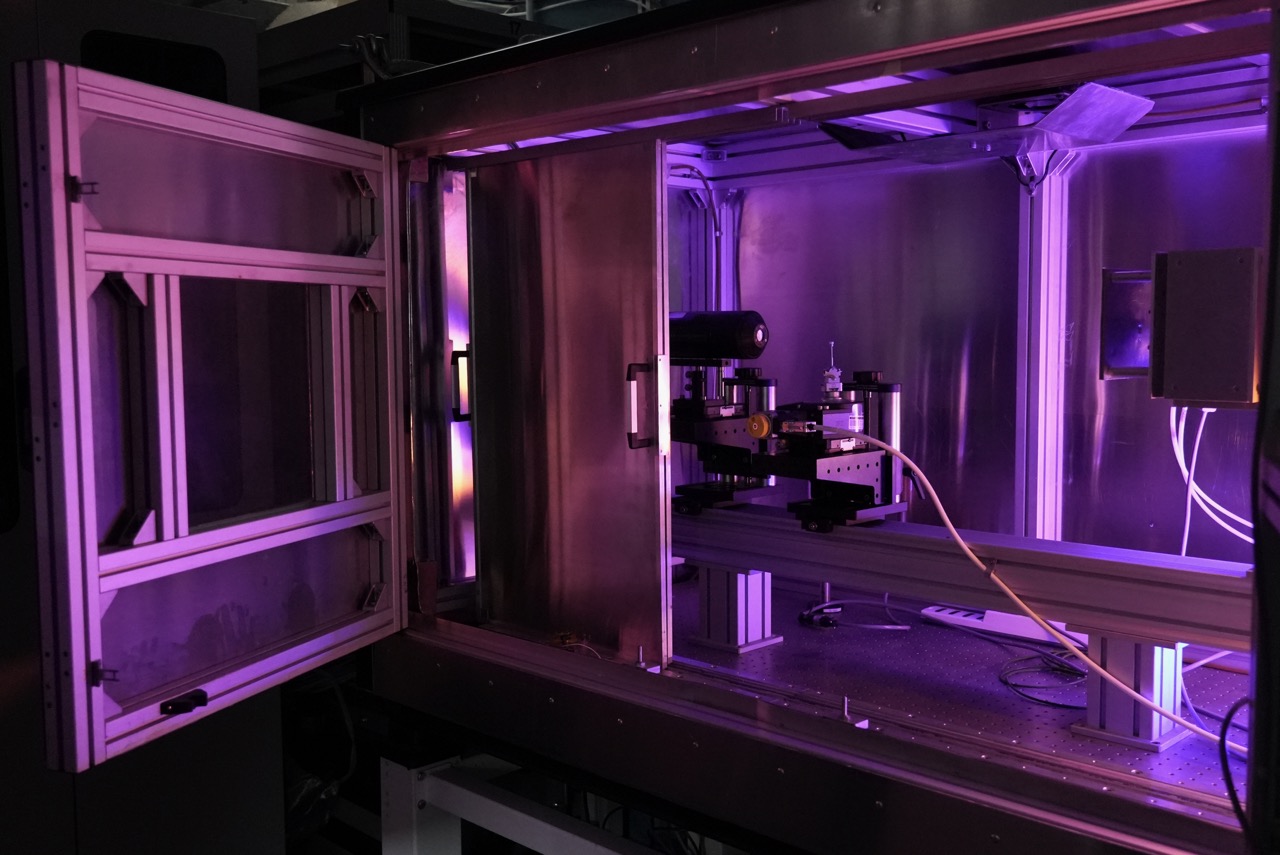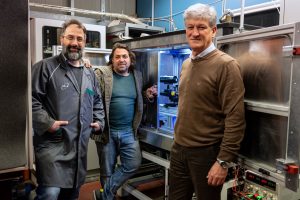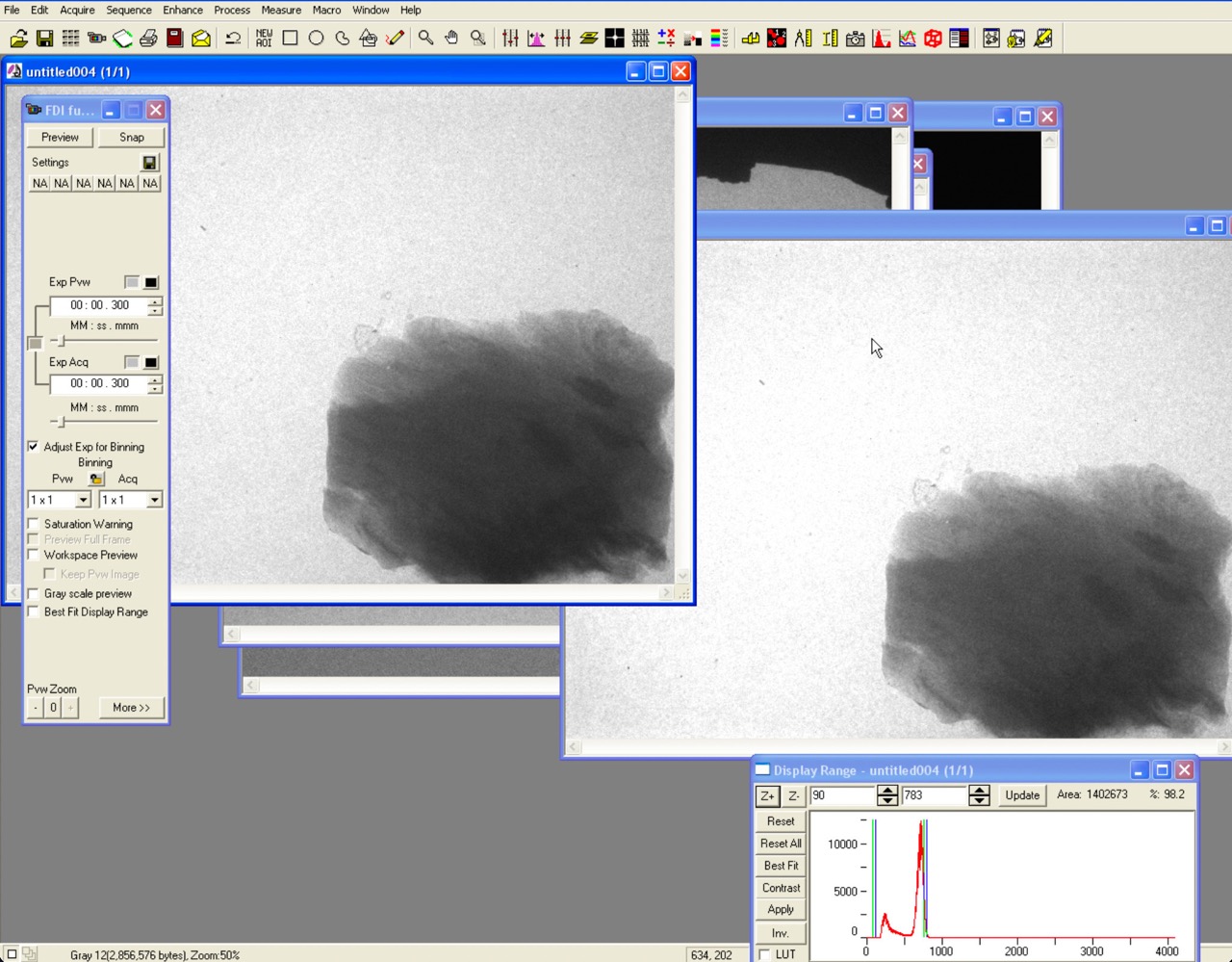
Since the end of 90s the XLab Frascati Laboratory (XlabF), thanks to new activities related to the use of polycapillary optical elements, have been intensively involved in research projects within the CSN5 INFN dedicated to the design and characterization of customized layouts for advanced applications in the fields of X-ray spectroscopy and X-ray microscopy (namely, the projects POLYX, MICROX, NANOX, iFCX, RESOLVE, etc.). The activities within the frame of these projects as well as the external collaborations with a number of Italian, European and other world Institutions have resulted in constructing new experimental stations such as RXR, XENA, SoX.

Here we present the last designed experimental unit – the Computed Tomography Station (CTS), which has been developed, as a part of “Volume Photography” Premiale Project (INRiM project – FOE 2015), for advanced X-ray micro-Tomography studies in collaboration with the LNF Electronical Service (G. Papalino).
X-ray Computed Tomography is one of the most advanced techniques in the field of non-destructive evaluation tests. By this technique, it is possible to obtain imaging of internal microstructure of different objects and materials, measuring the three-dimensional (3D) X-ray attenuation coefficient map of the sample: through virtual slicing or using 3D volume rendering procedures, the distribution of regions with different density and/or chemical composition inside the sample can be visualized. As a direct consequence, CT represents a powerful investigation tool in many different applications, especially in the area of material science as well as geology, biomaterials or cultural heritage.

In particular, our CTS facility is equipped with a micro-focus X-ray source that allows to achieve a spatial resolution close to the focal spot size thanks to the cone-beam geometry. Moreover, the micrometric spot source enables performing phase-contrast microCT measurements. Finally, in case of the experiments running under particular conditions (fast processes and low contrast samples to name a few), CTS can be equipped with polycapillary optics (developed by XlabF at INFN), leading to the first µCT station equipped with conventional sources available to work in critical conditions.
CTS is currently ready to work and it will be soon available both for INFN and external users.
XlabF team: S. Dabagov (Resp.), D. Hampai, V. Guglielmotti and E. Capitolo
For more info, please contact:
 INFN-LNF Laboratori Nazionali di Frascati
INFN-LNF Laboratori Nazionali di Frascati